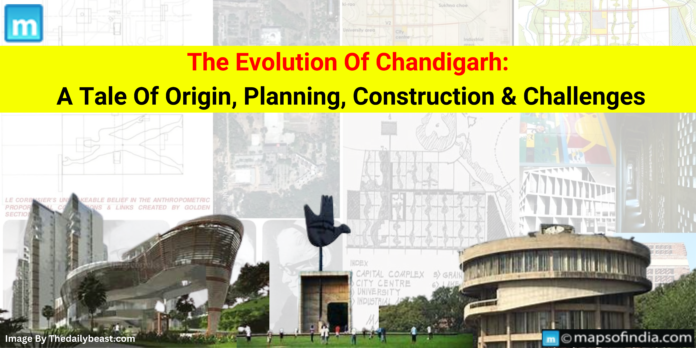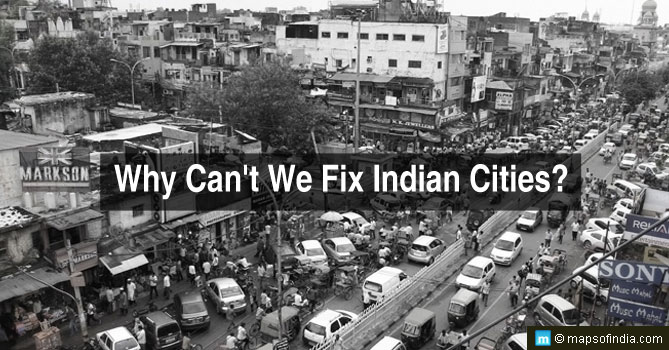Situated amid the foothills of the Himalayas, Chandigarh is a tribute to rigorous urban planning and visionary architecture. This bustling metropolis, which serves as the capital of two Indian states, Punjab and Haryana, was not always such a thriving hub. Its journey from concept to reality involves ambition, teamwork, and unflinching drive.
Origin of Chandigarh
The origins of Chandigarh may be traced back to 1947, just after India gained independence. The partition of the subcontinent left Punjab without a capital city, as Lahore, its old capital, was absorbed into the newly constituted Pakistan. Following this upheaval, India realised it needed a new administrative hub for Punjab. Against this backdrop, the concept of a planned metropolis began to emerge. In 1949, then-Prime Minister Jawaharlal Nehru assigned the massive task of developing the city to the renowned Swiss-French architect Le Corbusier. Nehru envisioned a modern, progressive city that captured the spirit of the new India. With a team of outstanding architects and planners, Le Corbusier worked on creating a blueprint.
The Planning Phase
Chandigarh’s planning was guided by a few essential ideas that distinguished it from conventional Indian towns. First, it was meant to be a pedestrian-friendly city with distinct residential, business, and recreational areas. Wide, tree-lined boulevards connected at right angles, resulting in a grid-like structure emphasising functionality and efficiency. Another distinguishing feature of Chandigarh’s design was the emphasis on green spaces and public amenities. Le Corbusier imagined the city as an oasis of tranquillity amidst the chaos of everyday life. Large areas of parks, gardens, and lakes were seamlessly interwoven into the urban fabric, giving people plenty of possibilities for leisure and recreation.
Construction and Establishment of Chandigarh
Construction on Chandigarh began in 1952, with thousands working feverishly to bring Le Corbusier’s vision to life. The Capitol Complex, the High Court, and the Open Hand Monument began to take shape, representing the modernist ideas that determined the city’s design. Chandigarh was officially inaugurated as Punjab’s capital in 1960, marking a watershed moment in India’s urbanisation. The city immediately received international recognition for its creative design and forward-thinking approach to urban planning. Its success sparked similar efforts across the country, paving the way for developing additional planned cities like Navi Mumbai and Gandhinagar.
Challenges and More
However, Chandigarh’s path to completion was challenging. The ambitious project encountered various challenges, ranging from bureaucratic red tape to logistical issues. Nonetheless, the city gradually began to take shape through sheer tenacity and concerted work, symbolising the victory of human inventiveness over adversity.
While these criticisms are valid, Chandigarh’s value resides in its pioneering spirit. It dared to rethink an Indian metropolis by emphasising livability and modernism. Its success stems not just from its physical shape but also from its representation of a positive vision for the future of India’s urban landscape. As the city evolves, finding answers to its problems while conserving its heritage, it offers a compelling reminder that even in the aftermath of partition, optimism and ingenuity may lead the path to a better tomorrow.





